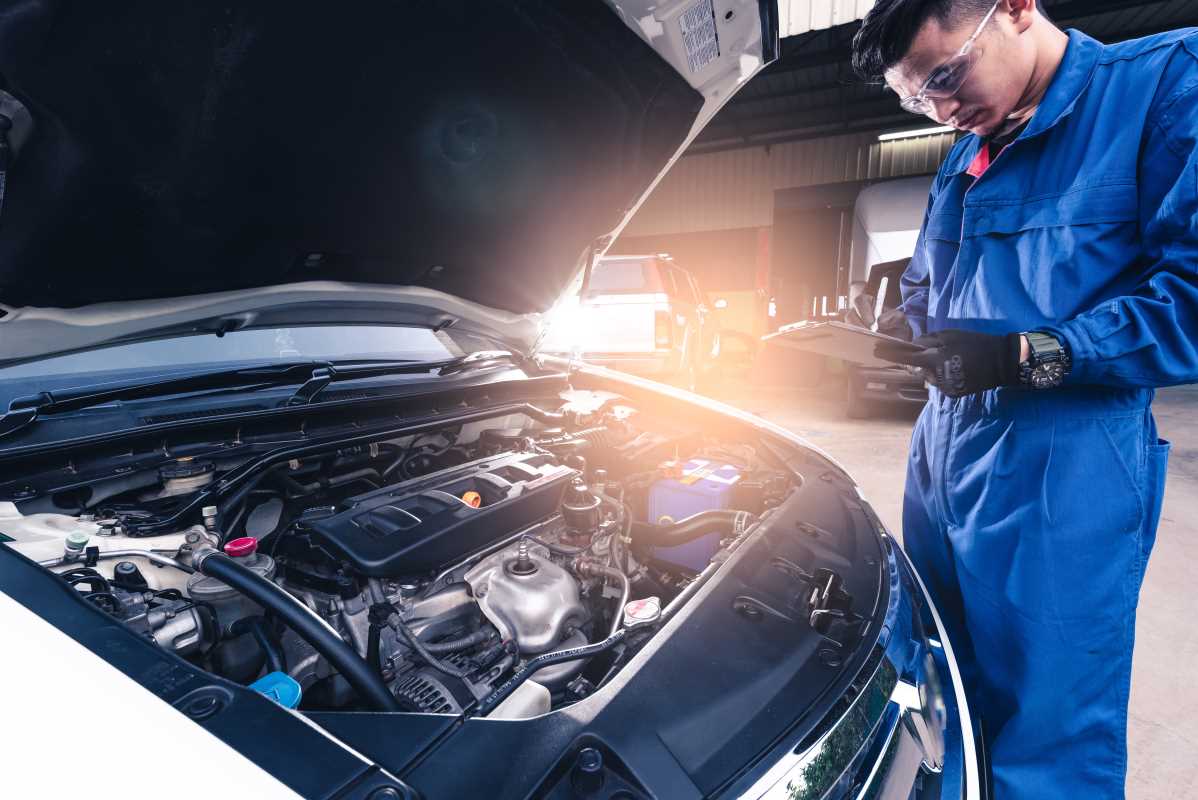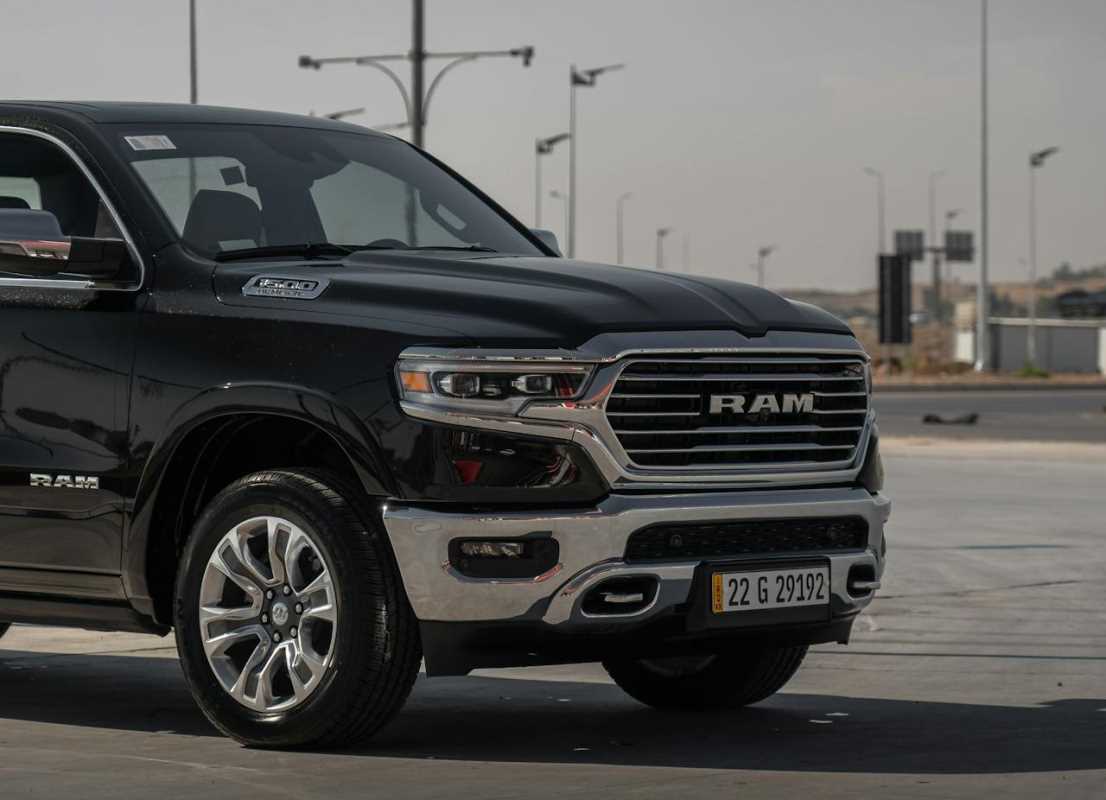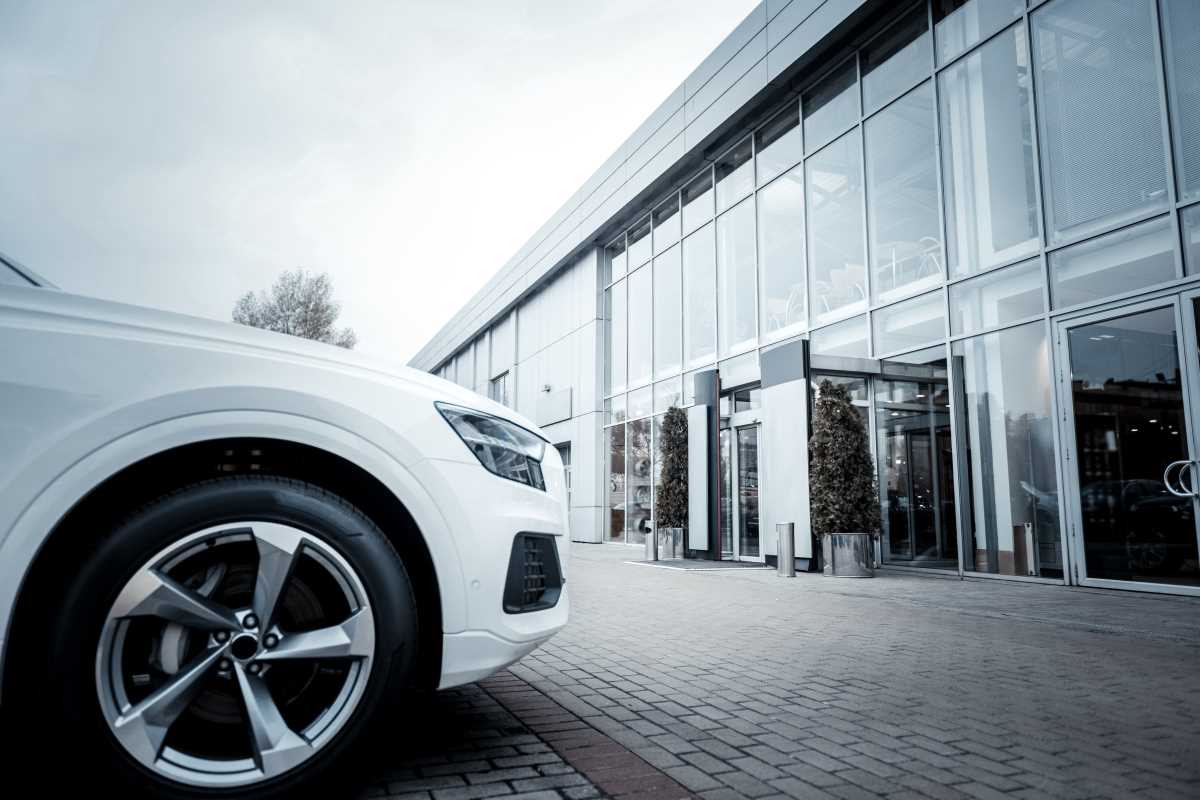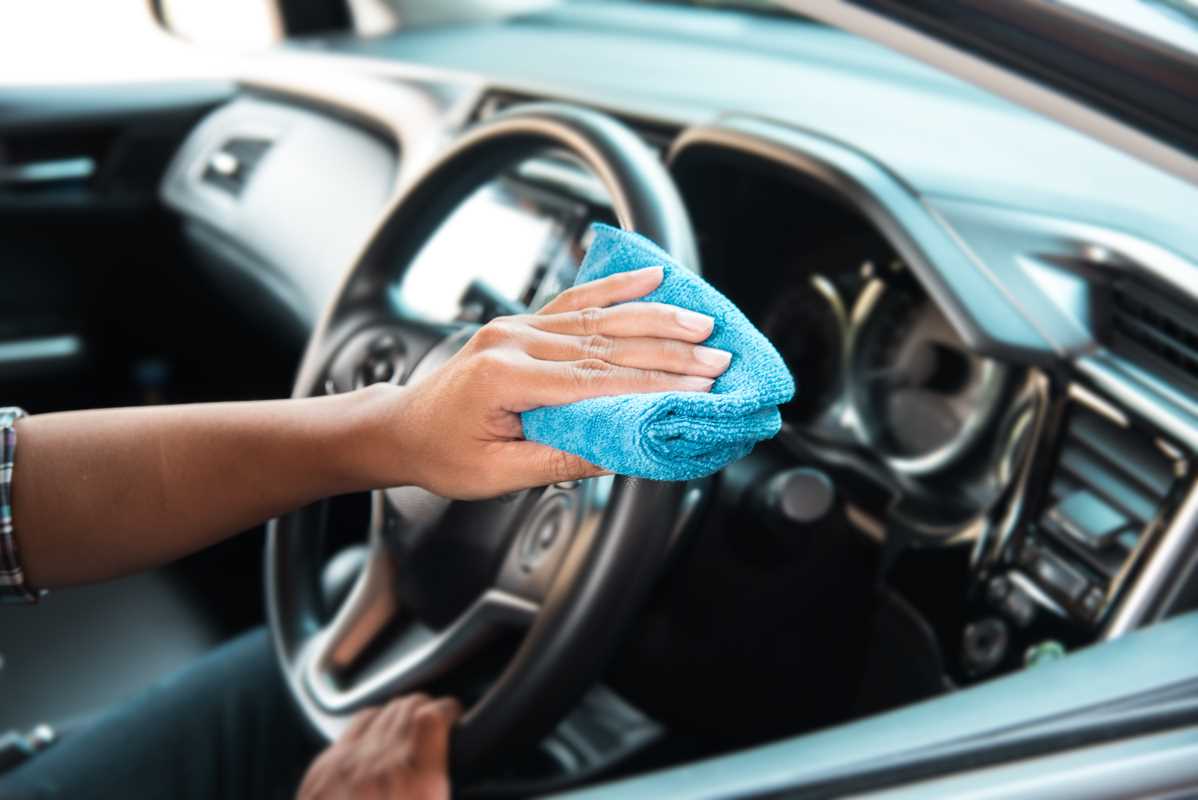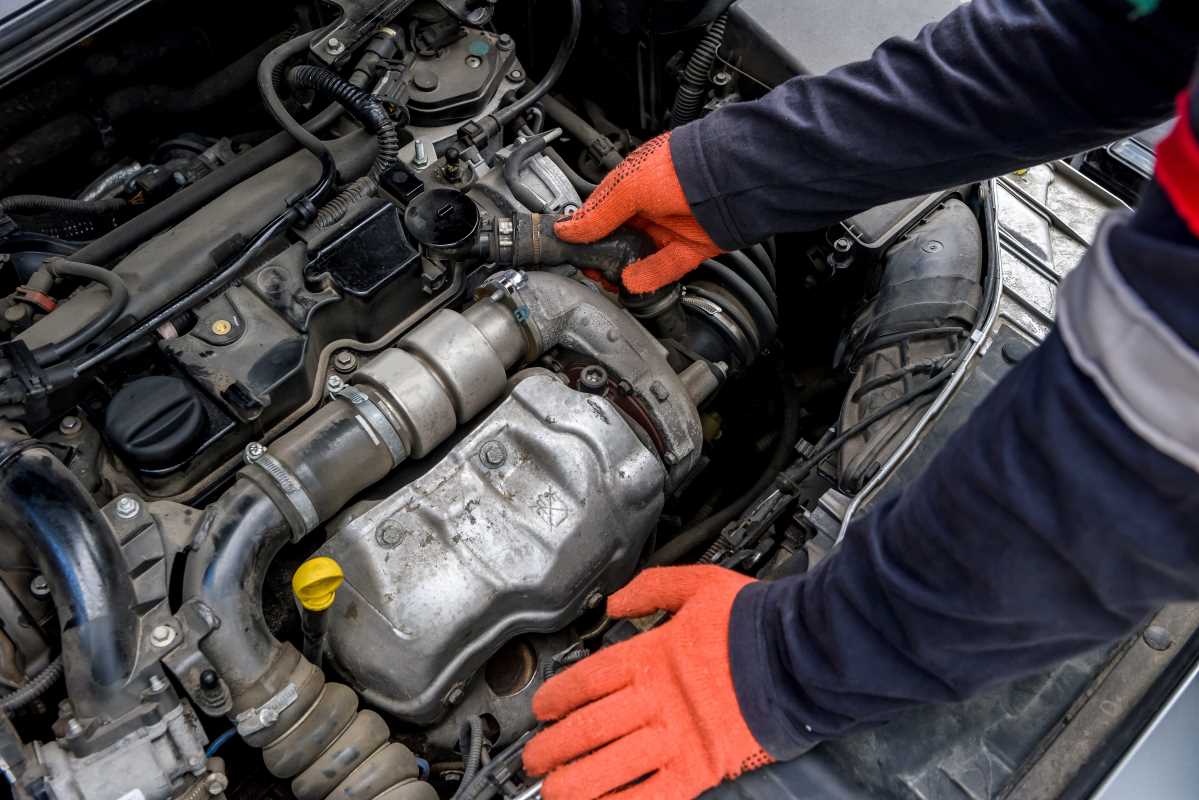Winter is just around the corner, bringing along with it colder temperatures and hazardous conditions on the roads. As an experienced driver, it's crucial to ensure that your vehicle is winter-ready to navigate through the snow and ice safely. These are some essential steps for winterizing your vehicle to help you prepare for the upcoming season.
Inspection and Maintenance
Before winter sets in, conduct a thorough inspection of your vehicle. Check the battery, brakes, tires, and fluids to ensure everything is in good working condition. Make sure your battery is fully charged, your brakes are responsive, your tires have sufficient tread, and all fluids are at the appropriate levels.
Tire Care
Tires are crucial for maintaining traction on slippery roads during winter. Consider switching to winter tires for better grip and performance. Ensure your tires are properly inflated, as tire pressure tends to drop in colder weather. Additionally, check the tire tread depth to make sure they are not worn out.
Fluid Check
Fluids play a vital role in keeping your vehicle functioning correctly during winter. Check and top up your oil, coolant, windshield washer fluid, and brake fluid. Using winter-specific windshield washer fluid can prevent it from freezing, ensuring clear visibility during snow and ice.
Emergency Kit Preparation
Putting together an emergency kit can be a lifesaver if you get stranded during winter. Include essentials such as a blanket, flashlight, batteries, non-perishable food, water, first aid kit, and a shovel in your emergency kit. Having these items on hand can help you stay safe and comfortable until help arrives.
Heating System and Defrosters
A functioning heating system and defrosters are essential for winter driving comfort and visibility. Test your heating system to ensure it's working correctly and providing sufficient warmth inside the vehicle. Check the front and rear defrosters to clear fog and frost from the windows quickly.
Wiper Blades and Antifreeze
Visibility is crucial during winter driving, so ensure your wiper blades are in good condition. Replace them if they are worn out to maintain clear visibility in snowy conditions. Additionally, check the antifreeze levels and concentration to prevent the coolant from freezing in cold temperatures.
Exterior and Lights
Lastly, don't forget to clean your vehicle's exterior, including headlights, taillights, and turn signals. Winter weather can reduce visibility, so keeping your lights clean and bright is essential for safety. Check all lights to ensure they are working correctly and replace any bulbs that are dim or burnt out.
By following these essential steps for winterizing your vehicle, you'll be better prepared to handle the challenges of winter driving. Taking the time to prepare your vehicle can make a significant difference in staying safe on the roads during the colder months. Stay proactive and stay safe out there!
